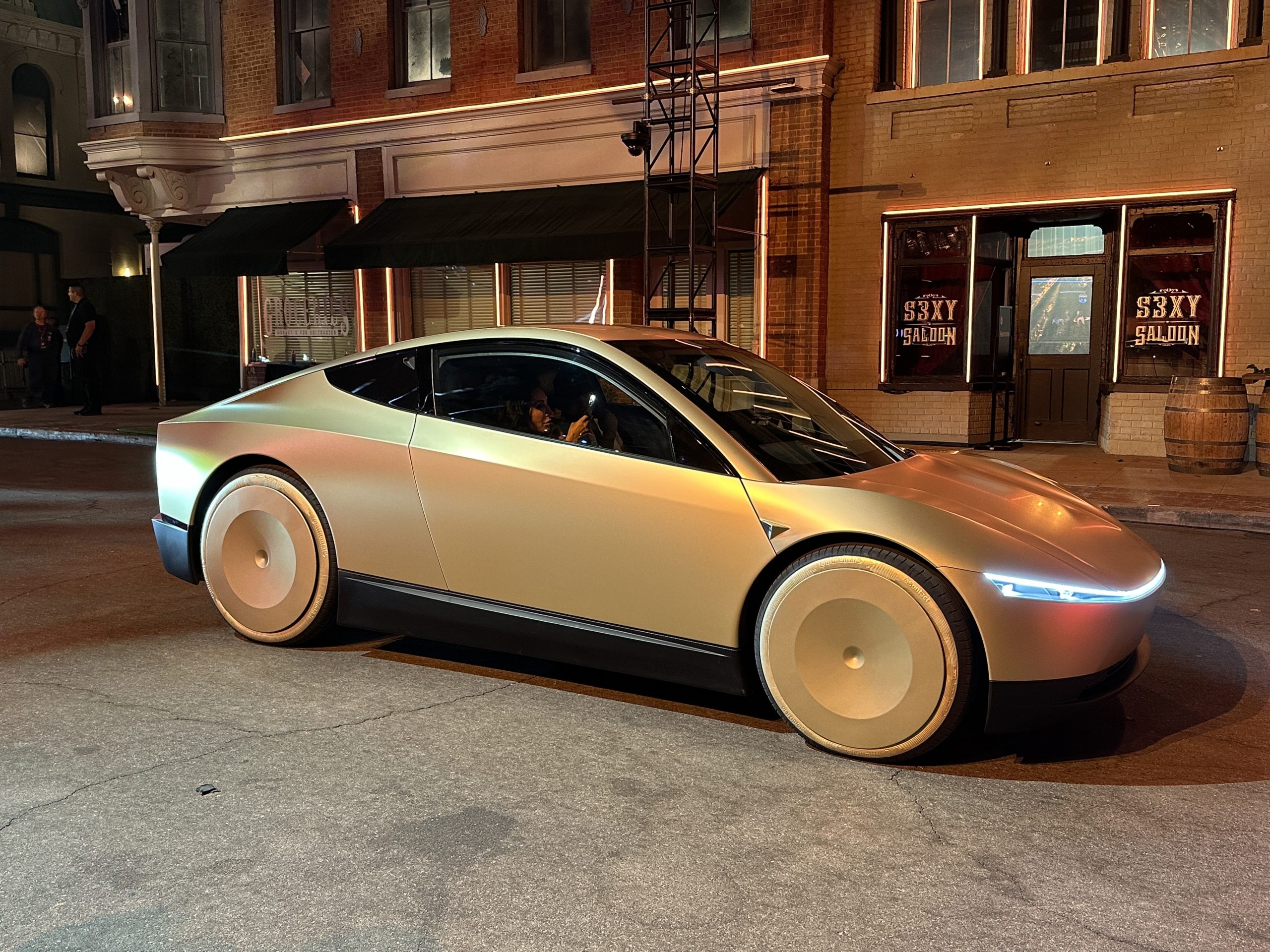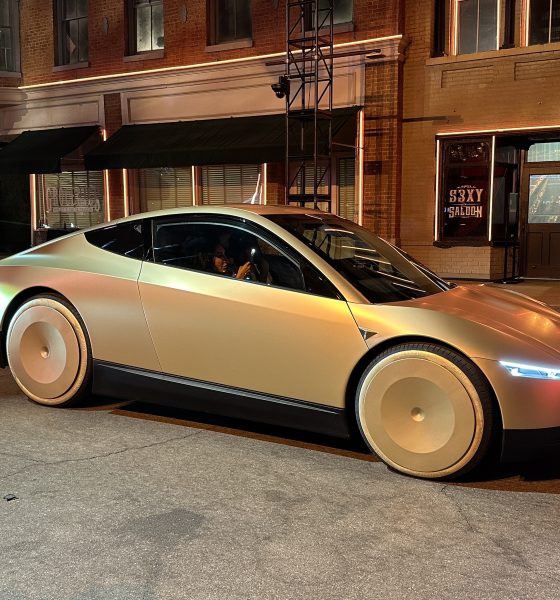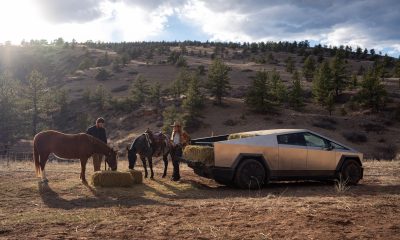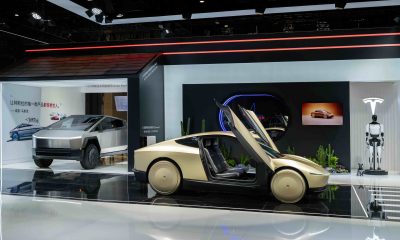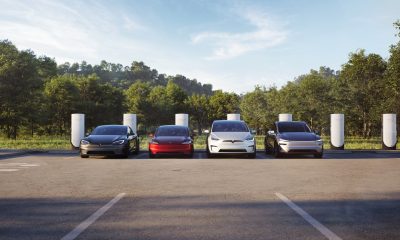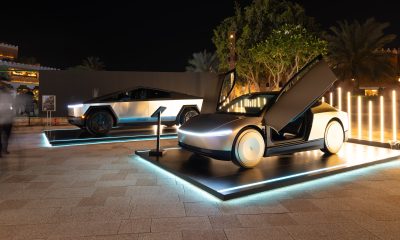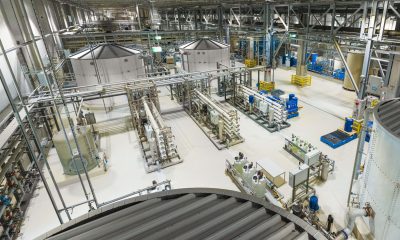Tesla has shed new details on the Cybercab, specifically its long-distance capabilities relating to things like road trips and cross-country traveling.
The narrative surrounding the Cybercab has been that it will be centrally focused on short distances and ride-sharing within cities, at least at first. Tesla said it would launch Cybercab rides in certain jurisdictions as a precaution initially, starting in Austin, Texas, and then moving to other cities.
For this reason, most of the consensus surrounding the Cybercab and its capabilities has been to get people from point A to point B within the same city.
However, in the long term, Tesla’s aim is to enable completely autonomous driving, and some will want to take road trips and other long-range travel opportunities, which brought into question the vehicle’s ability to travel across state lines.
? Tesla’s VP of Vehicle Engineering says the Cybercab will be “roadtrip capable” when it is released, and wireless charging will be a way the entire trip is out of the hands of the passengers.
(via Ride the Lightning podcast) pic.twitter.com/59o0gkwikX
— TESLARATI (@Teslarati) February 23, 2025
Vice President of Vehicle Engineering Lars Moravy appeared on the Ride the Lightning podcast with Ryan McCaffrey this weekend and clarified Tesla’s focus on the Cybercab and its charging to make long-distance trips possible.
He said:
“Yeah. You saw it, we have wireless charging, right? It’s coming for the Cybercab and I think that’s ultimately, if you’re going to put a bunch of design effort into something, why put this really complex, moving device to move a cable, when you can have no moving parts.”
McCaffrey then asked if wireless charging would be installed in parking lots of Superchargers. Moravy said they won’t be needed at every parking spot, but a handful would be ideal.
The Cybercab’s capability mostly comes from Tesla’s current focus on developing wireless charging. The vehicle will be able to charge autonomously across the country as Tesla rolls out this new tech, enabling a streamlined process with no work for the riders and fully autonomous rides across the United States and beyond as the network builds out.
Moravy confirmed during the podcast that the Cybercab would be “road trip capable” when it is released.
The full podcast is available here.
Need accessories for your Tesla? Check out the Teslarati Marketplace:
- https://shop.teslarati.com/collections/tesla-cybertruck-accessories
- https://shop.teslarati.com/collections/tesla-model-y-accessories
- https://shop.teslarati.com/collections/tesla-model-3-accessories
Please email me with questions and comments at joey@teslarati.com. I’d love to chat! You can also reach me on Twitter @KlenderJoey, or if you have news tips, you can email us at tips@teslarati.com.
Cybertruck
Tesla announces delivery timeline for Cybertruck in new market
“Coming soon! Estimated deliveries in Q1 for UAE.”
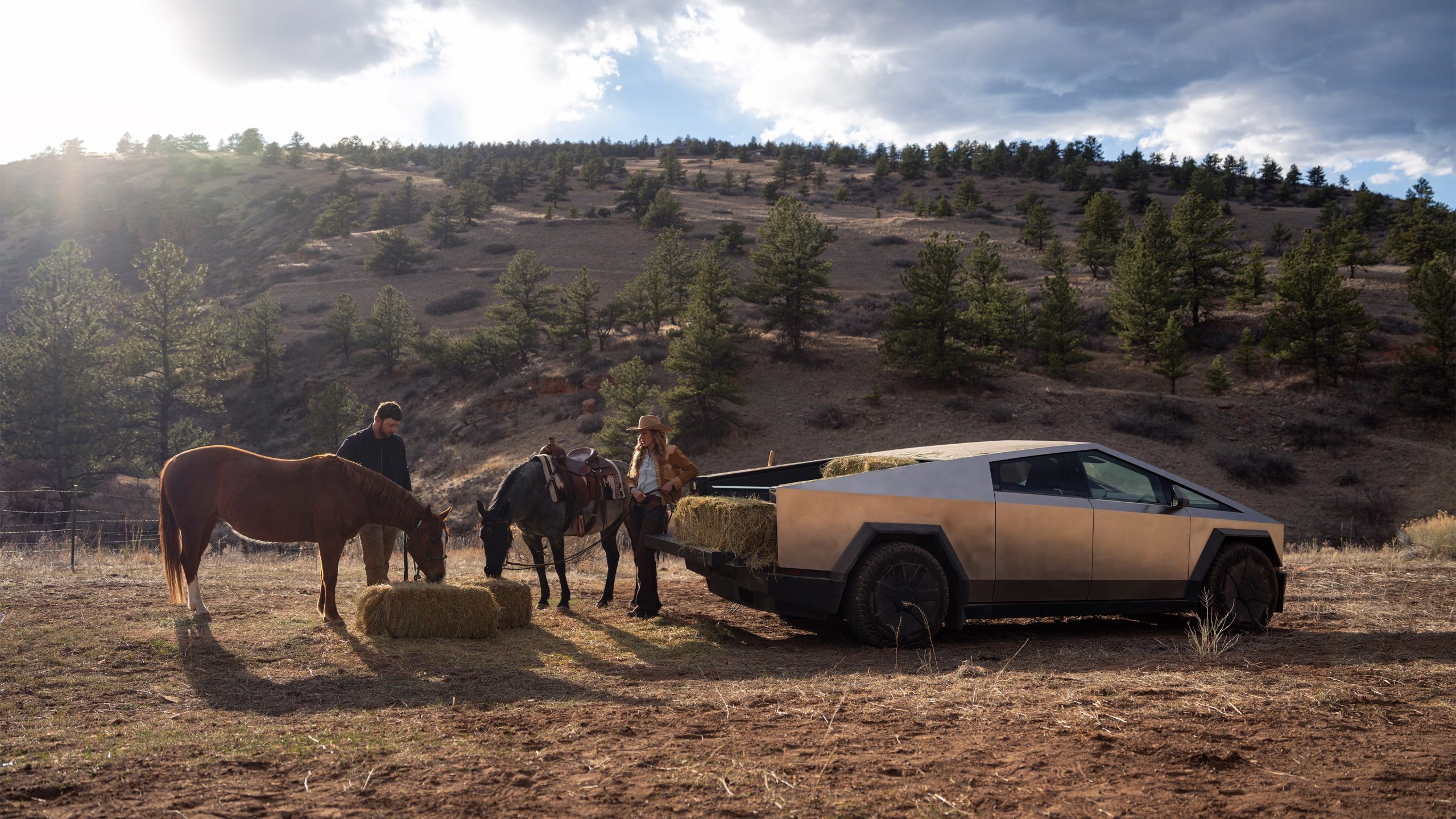
Tesla announced its delivery timeline for the Cybertruck as it heads to a new market.
Tesla Cybertruck deliveries started in the United States and Canada back in late 2023. However, the company has been looking to expand the all-electric pickup to new markets, including the Middle East, for which it opened up orders for earlier this year.
Initially, Tesla planned to launch deliveries late this year, but there has been a slight adjustment to the timeline, and the company now anticipates the pickup to make its way to the first adopters in the United Arab Emirates in Q1 2026.
This was confirmed by the Tesla Cybertruck program’s lead engineer, Wes Morrill:
Coming soon! Estimated deliveries in Q1 for UAE
— Wes (@wmorrill3) November 2, 2025
Tesla first opened orders for the Cybertruck in the Middle East in mid-September of this year. It will be priced at AED 404,900 for the Dual Motor All-Wheel-Drive ($110,254) and AED 454,900 ($123,869) for the Cyberbeast trim.
The Cybertruck has been a highly anticipated vehicle in many parts of the world, but its ability to be sold in various regions is what is truly causing delays in the company’s efforts to bring the electric pickup worldwide.
Tesla confirms Cybertruck will make its way out of North America this year
In Europe, various agencies have challenged the design of the Cybertruck, arguing that it is unsafe for pedestrians due to its sharp edges and “boxy” design.
Agencies in the EU have said the vehicle’s “blade-like” protrusions are a violation of rules that ban sharp exterior edges that could cause severe injuries.
In Asia, Tesla will likely have to develop a smaller, more compact version of the vehicle as it does not align with local standards for urban environments. However, Tesla filed for energy consumption approval for the Cybertruck in December 2024, but there has been no real update on the status of this particular inquiry.
Overall, these issues highlight a real bottleneck in futuristic vehicle designs and the out-of-date regulations that inhibit the vehicle from becoming more widely available. Of course, Tesla has teased some other designs, including a more traditional pickup or even a compact Cybertruck build, but the company is not one to shy away from its commitments.
Nevertheless, the Cybertruck will appear in the Middle East for the first time in 2026.
Elon Musk
Tesla teases new AI5 chip that will revolutionize self-driving
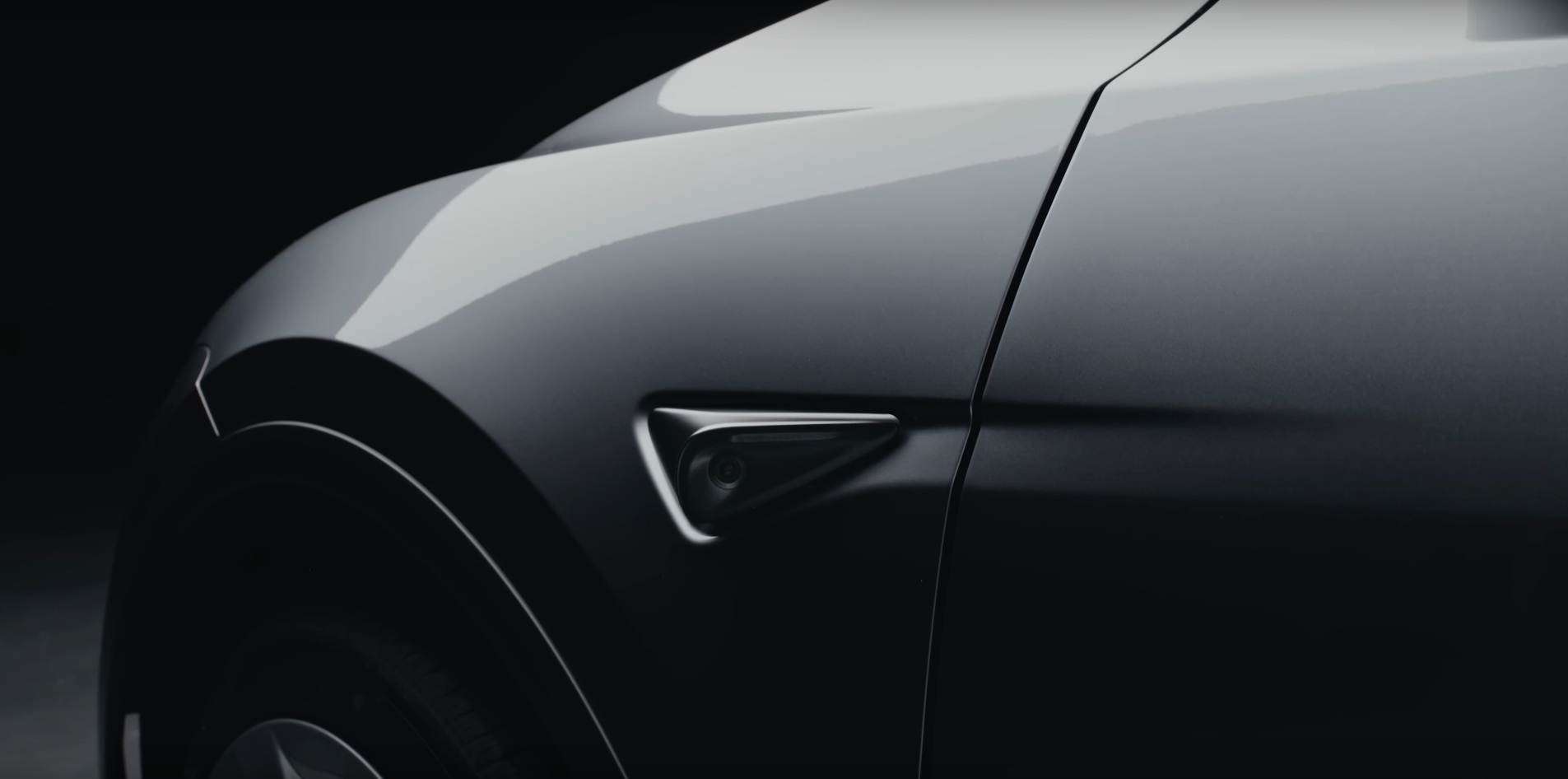
Elon Musk revealed new information on Tesla’s AI5, previously known as Hardware 5, chip, for self-driving, which will be manufactured by both Samsung and TSMC.
The AI5 chip is Tesla’s next-generation hardware chip for its self-driving program, Optimus humanoid robots, and other AI-driven features in both vehicles and other applications. It will be the successor to the current AI4, previously known as Hardware 4, which is currently utilized in Tesla’s newest vehicles.
Elon Musk reveals Tesla’s HW5 release date, and that it won’t be called HW5
AI5 is specially optimized for Tesla use, as it will work alongside the company’s Neural Networks to focus on real-time inference to make safe and logical decisions during operation. It was first teased by Tesla in mid-2024 as Musk called it “an amazing design” and “an immense jump” from the current AI4 chip.
It will be roughly 4o times faster, have 8 times the raw compute, 9 times the memory capacity, 5 times the memory bandwidth, and 3 times the efficiency per watt.
It will be manufactured by both TSMC and Samsung at their Arizona and Texas fab locations, respectively.
Here’s what Musk revealed about the chip yesterday:
Different Versions
Samsung and TSMC will make slightly different versions of the AI5 chip, “simply because they translate designs to physical form differently.” However, Musk said the goal is that its AI software would work identically.
This was a real concern for some who are familiar with chip manufacturing, as Apple’s A9 “Chipgate” saga seemed to be echoing through Tesla.
Back in 2015, it was found that Apple’s A9 chips had different performances based on who manufactured them. TSMC and Samsung were both building the chips, but it was found that Samsung’s chips had shorter battery life than TSMC-fabricated versions.
Apple concluded that the variance was about 2-3 percent. However, Tesla will look to avoid this altogether.
Release and Implementation into Vehicles
Musk said that some samples will be available next year, and “maybe a small number of units” would equip the chip as well. However, high-volume production is only possible in 2027.
This means, based on Tesla’s own timeline for Cybercab production in Q2 2026, early iterations of the vehicle would rely on AI4. Many believe AI4 can be utilized for solved self-driving, but the power of subsequent versions, including AI5 and beyond, will be more capable.
AI6 and Beyond
AI6 will utilize the same fabs as AI5, but there would be a theoretical boost in performance by two times with this version.
AI6 could enter volume production by mid-2028. However, AI7, which Musk only briefly mentioned, “will need different fabs, as it is more adventurous.”
News
Tesla makes a splash at China’s Import Expo with Cybercab and Optimus
It appears that Elon Musk’s vision is something that still resonates with people.
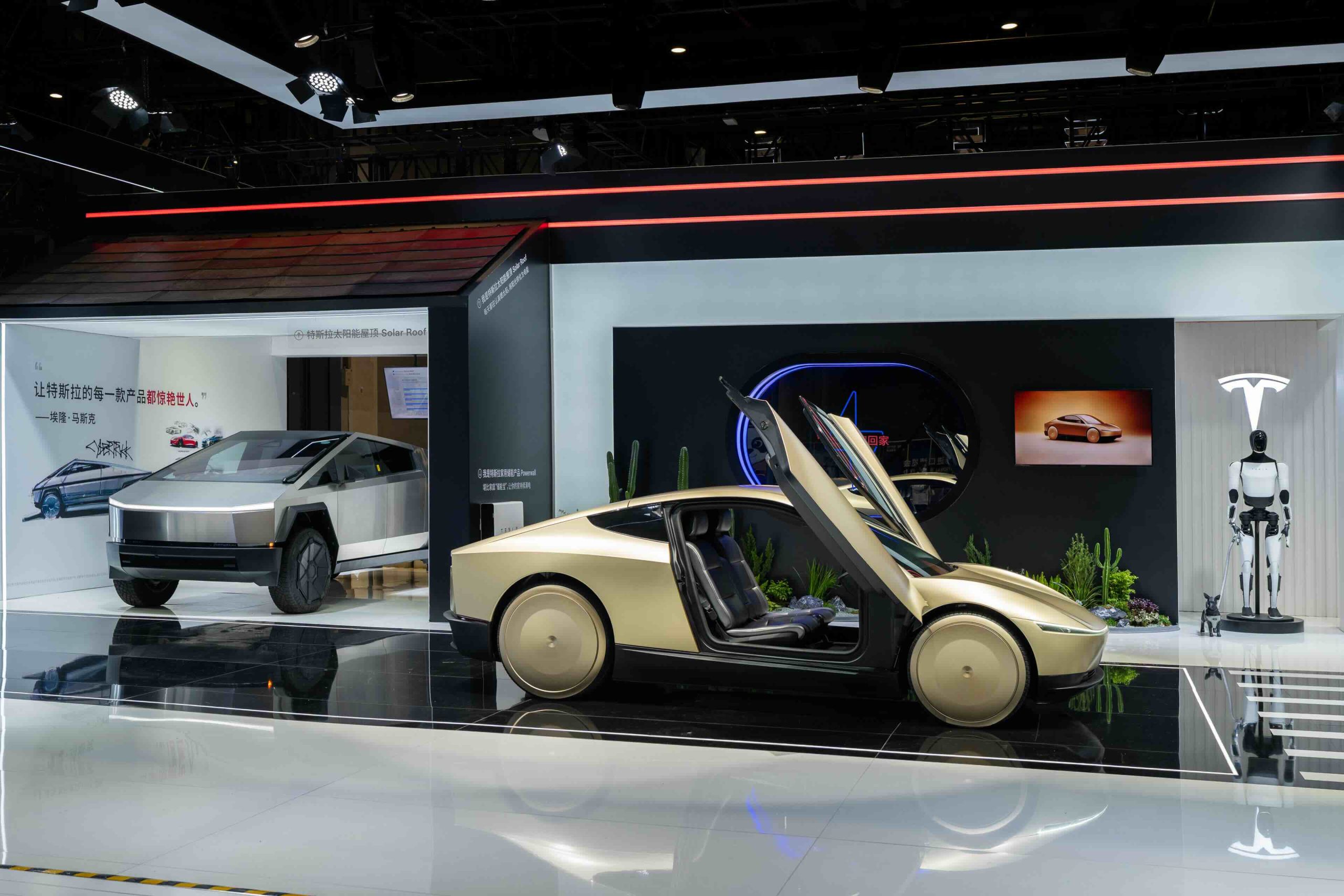
Tesla’s fully autonomous Cybercab made its first appearance in the Asia-Pacific region at the 8th China International Import Expo (CIIE) in Shanghai on November 5, becoming the centerpiece of an event that drew 12 of the world’s leading automakers.
The new model offers a glimpse into Tesla’s driverless ride-hailing future, and based on the reception of the event’s attendees, it appears that Elon Musk’s vision is something that still resonates with people.
Tesla showcases its driverless vision with the Cybercab
At this year’s expo, themed “Mobility, Infinite Possibilities,” Tesla’s futuristic two-seat Cybercab stood out as a showcase of complete autonomy. According to Tesla staff, the vehicle lacks both a steering wheel and pedals, relying entirely on Tesla’s cameras and an end-to-end neural network designed for full self-driving.
The Cybercab will ultimately serve in the company’s expanding Robotaxi fleet, a cornerstone of Elon Musk’s long-promised autonomous mobility network. During the event, a Tesla employee emphasized that the Cybercab’s model’s compact layout reflects real-world usage, as 92% of trips involve just one or two passengers, as noted in a Sina News report. Trips that require more passengers could easily be handled by the Model 3 and Model Y, which are both capable of seating four, or even five passengers.
Optimus, Tesla’s humanoid robot that is designed for both home and industrial use, was also present at the event. Similar to the Cybercab, Optimus also attracted quite a lot of attention from the event’s attendees.
Automakers reaffirm commitment to Chinese innovation
Other global automakers, including Volkswagen, Mercedes-Benz, and Honda, also displayed cutting-edge concept cars and intelligent systems, but few captured the same interest as Tesla’s bold showcase of its autonomy and robotics.
Beyond new models, this year’s CIIE highlighted a renewed focus on local innovation and collaboration in China’s rapidly evolving EV landscape. Executives from Volkswagen, Audi, and General Motors reaffirmed that their long-term strategies center on “in China, for China,” strengthening R&D operations and forming tech partnerships with domestic suppliers.
-

 News1 week ago
News1 week agoTesla Cybercab spotted testing on public roads for the first time
-

 Elon Musk5 days ago
Elon Musk5 days agoNeuralink’s first patient could receive an upgrade: Elon Musk
-
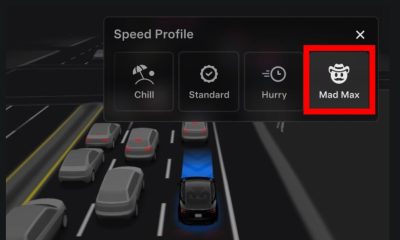
 News2 weeks ago
News2 weeks agoTesla ‘Mad Max’ gets its first bit of regulatory attention
-
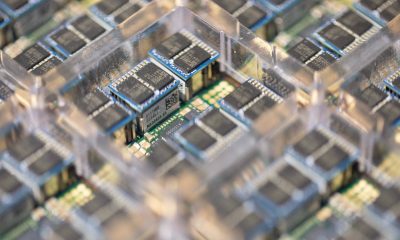
 News2 weeks ago
News2 weeks agoTesla reveals its plans for Hardware 3 owners who are eager for updates
-

 News6 days ago
News6 days agoNeuralink’s first human patient reflects on 21 months with brain implant “Eve”
-

 News2 weeks ago
News2 weeks agoTesla VP explains why end-to-end AI is the future of self-driving
-

 News5 days ago
News5 days agoTesla Cybercab almost looks production ready in new photos
-
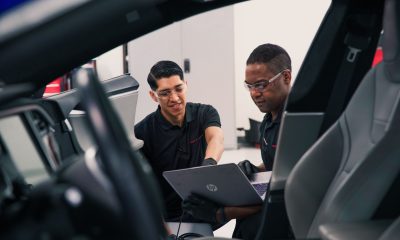
 News1 week ago
News1 week agoTesla makes a massive change to a Service policy that owners will love

